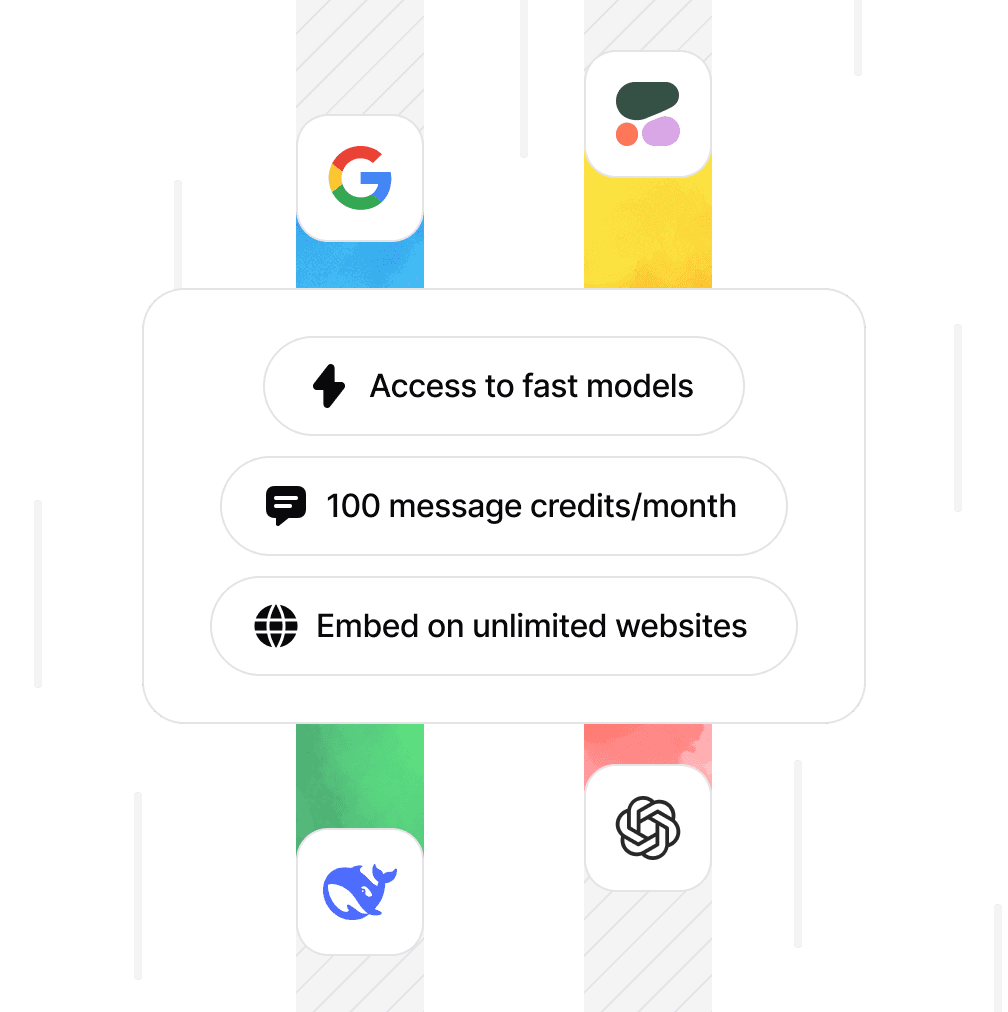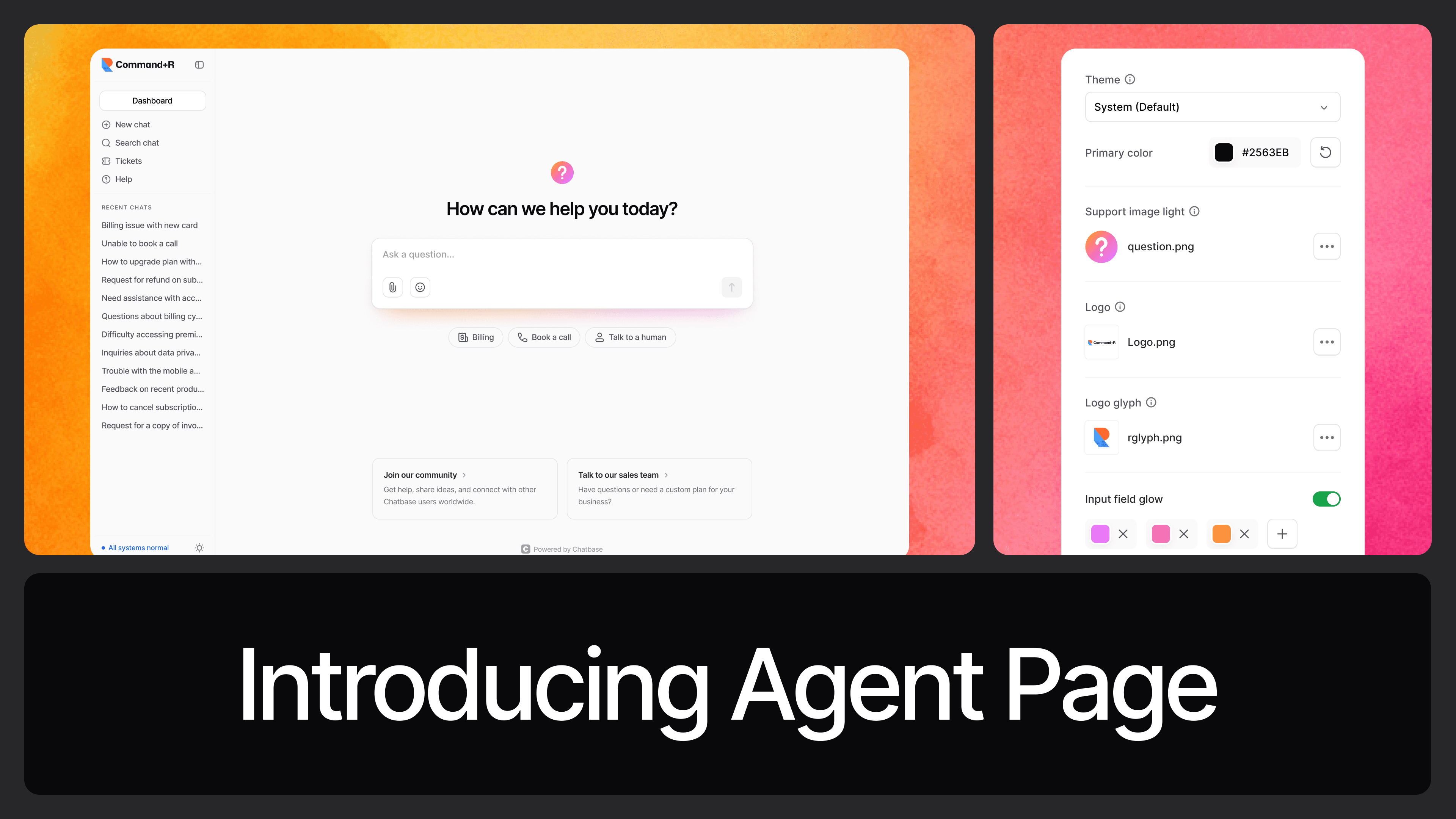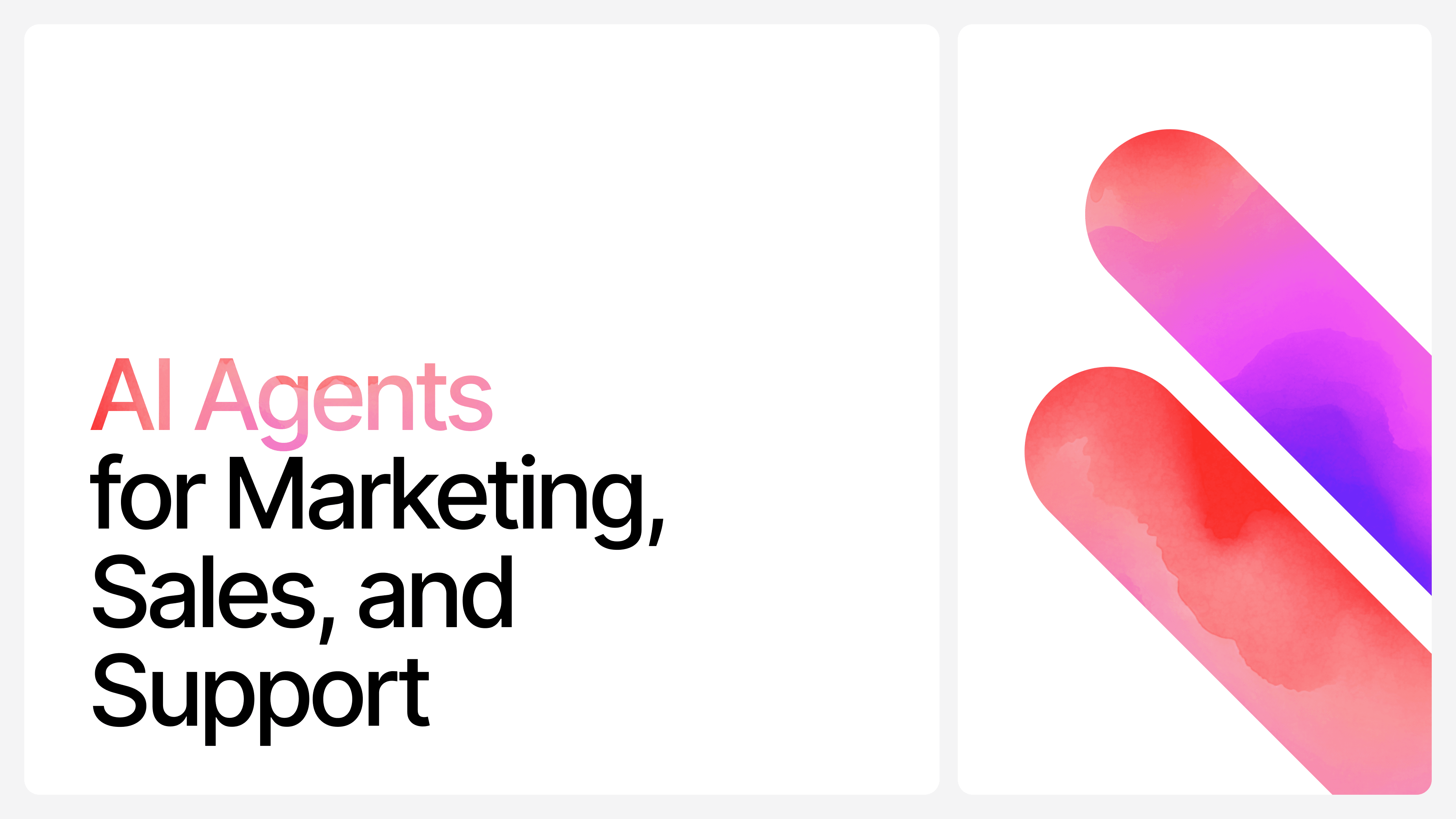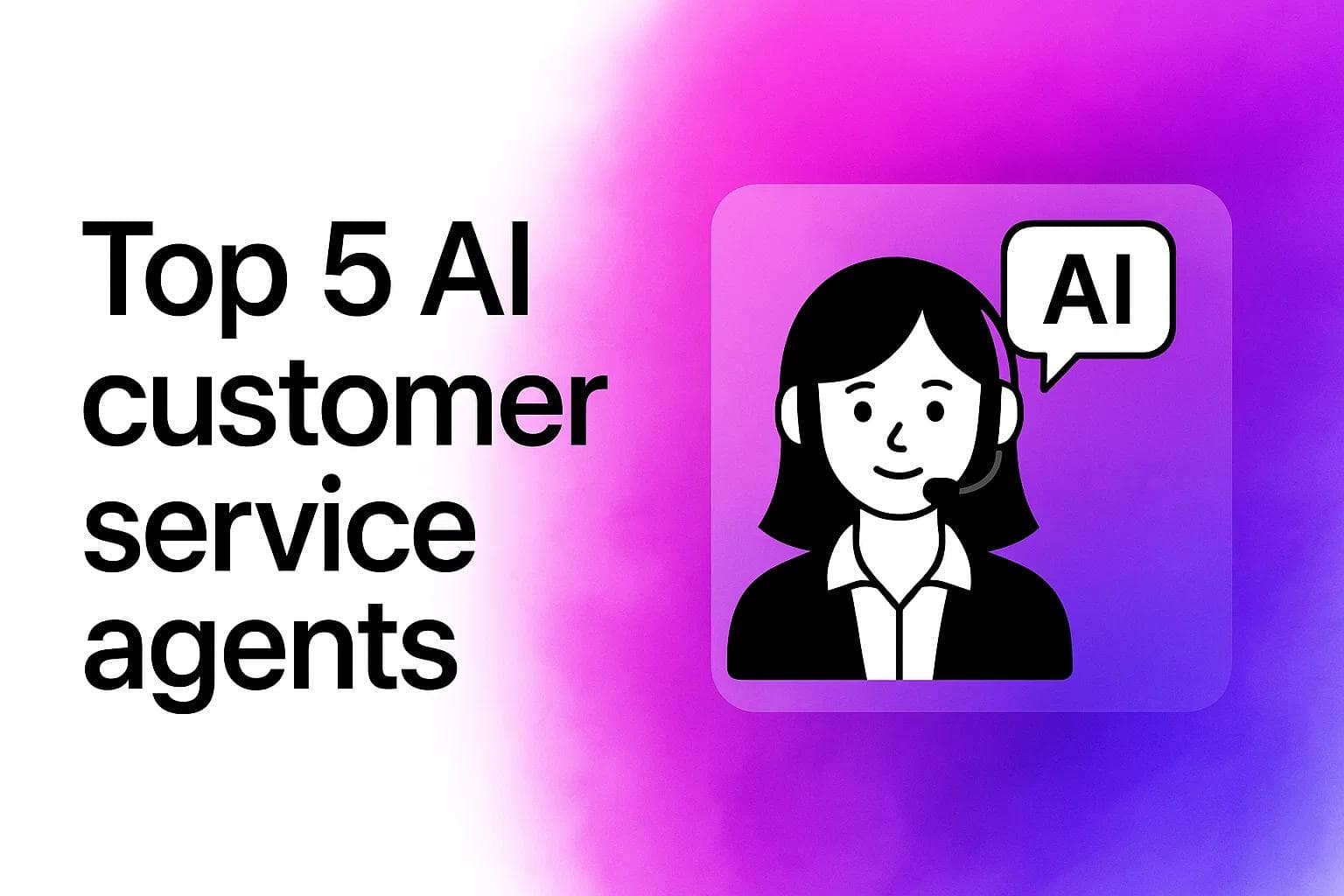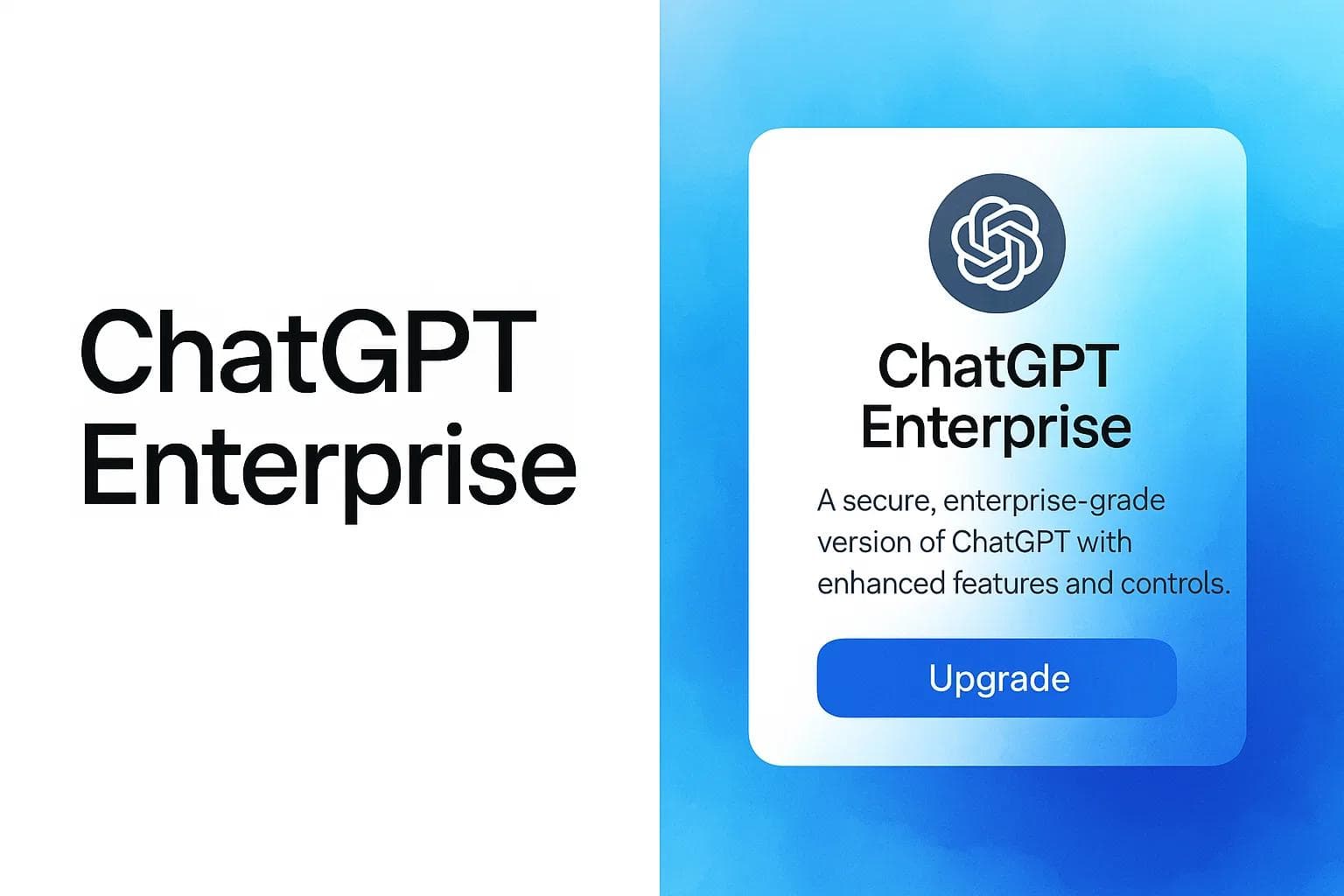10 Customer Service Trends to Follow in 2025
Max T
Jun 25, 2025
8 min read
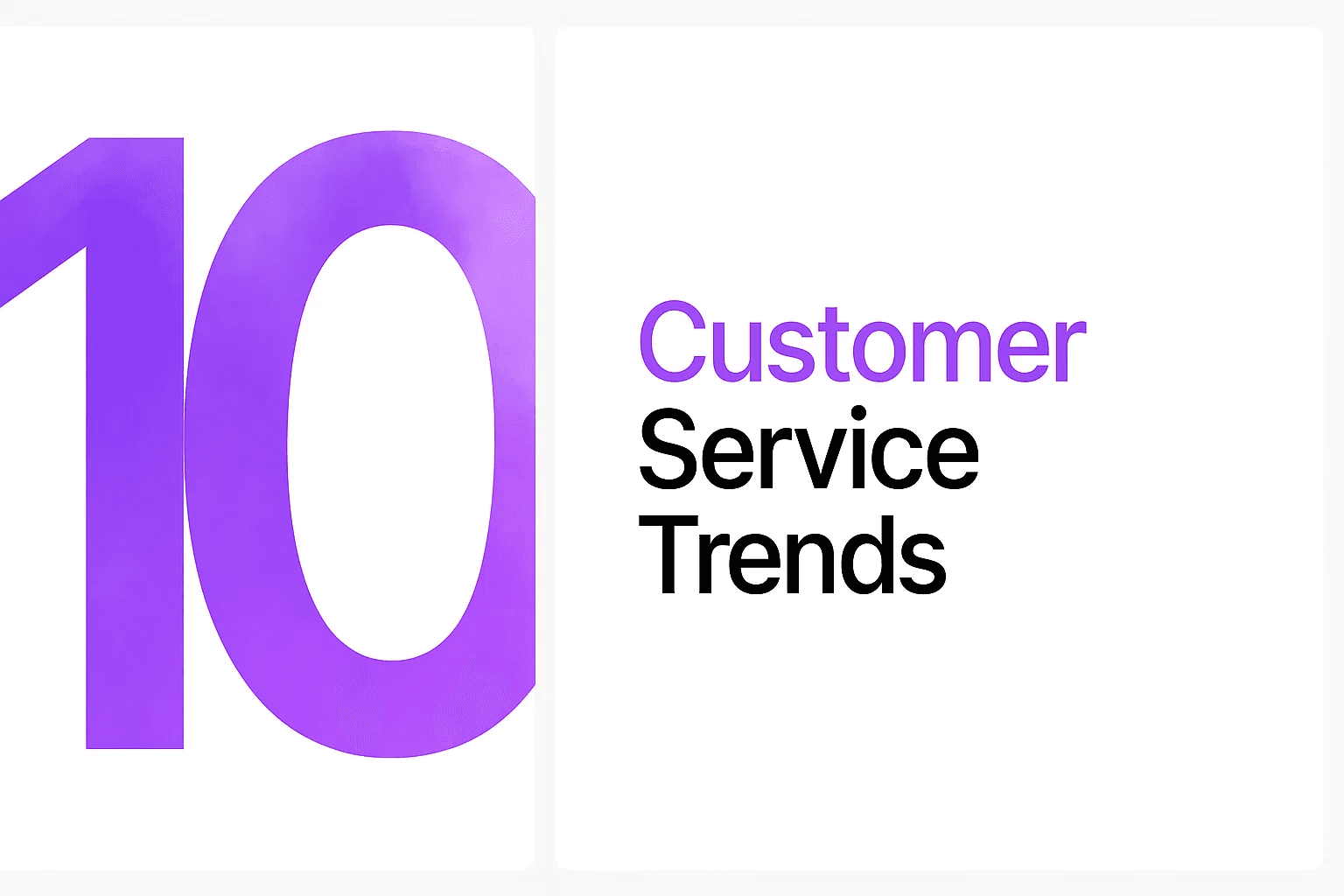
The way companies handle customer service today looks nothing like it did a few years ago. If you’re still thinking in terms of “live chat support” and long email threads, you’re behind.
We’re no longer in the age of reactive service.
Things have changed and not just a little. The shift in customer expectations, technology, and business priorities has been fast and, in many cases, dramatic. The customer service playbook from 2020 is now outdated. Even what felt like cutting-edge in 2023 is quickly becoming table stakes.
What’s driving all this change? A mix of smarter tools, more demanding customers, tighter competition, and the simple reality that support is now a core part of the brand experience. It's not just about solving problems alone anymore. It’s now also about how you solve them and how fast.
In this post, we’ll break down 10 key customer service trends shaping 2025 and beyond. Some are new, some are just old trends that have matured, and some are now non-negotiable additions
1. Personalized Interactions
In 2025, personalization is the standard. And no, it’s not just about inserting someone’s first name into an email or chatbot greeting. Real personalization now means aligning every touchpoint with a customer’s unique goals, preferences, and behavior. It’s about knowing whether they prefer live chat or email, if they’re a first-time user or a power user, what product they’re using, and why they reached out in the first place.
Thanks to integrations across CRMs, customer data platforms (CDPs), and product analytics tools, companies can now recognize intent, identify the stage in the customer journey, and adapt responses accordingly. For example, a SaaS support agent won’t just say “Hi Daniel,” — they’ll acknowledge that Daniel is stuck on setting up his team workspace and offer preemptive tips without needing to ask.
The value?Fewer escalations, better customer satisfaction (CSAT), and stronger loyalty. People want to feel understood, not processed. Personalization—done well—makes the entire support experience feel like it was built just for them.
2. Omnichannel Support
Customers move across channels like it’s second nature, because for them, it is. One minute it’s Instagram DMs, the next it’s email, and then they’re jumping on your website’s live chat. What frustrates them is having to repeat themselves every time they switch. That’s where omnichannel customer service is stepping up in 2025.
Modern support teams are no longer tied to fragmented platforms. They’re investing in unified systems where context travels with the conversation, no matter where it started. This means customers can get consistent help on Twitter, WhatsApp, or live chat without any disruption in tone, history, or solution flow.
The keyword here is seamless. Omnichannel strategies now mean building fluid, connected experiences across social, phone, chat, email, and even in-app support—so every interaction feels like a continuation, not a restart.
This shift reduces friction, saves time, and builds trust. Because nothing says “we value your time” like not having to explain your issue three times on three different platforms.
.3. Data Privacy and Transparency Are No Longer Backstage Issues
People have always cared about privacy. But in 2025, it’s different. Now they’re checking your privacy stance before they engage. Customers aren’t just asking if their data is safe. They’re asking how it’s being used, where it’s being stored, and what safeguards you’ve got in place.
That makes data transparency and privacy protection a top-tier customer service trend. It’s not just a legal checkbox. It’s a brand trust issue.
Support teams are now expected to understand and communicate privacy policies clearly. Vague answers won’t cut it anymore. If a chatbot is collecting user info or if an agent pulls up a customer's purchase history, customers want to know why, how, and what happens next.
What forward-thinking teams are doing:
- Training agents on what data is being collected, and how to explain it
- Running regular security audits across all tools and chat platforms
- Publishing clear, human-readable privacy policies
- Being upfront when third-party tools are involved
The best support experience is one where the customer feels safe and informed. In 2025, that’s becoming a competitive edge.
4. Training Isn’t Just a Departmental Thing Anymore
The pace of change in customer service is wild right now. AI tools are evolving monthly. Channels are expanding. Customer expectations are shifting faster than ever. And the teams on the front lines? They can’t keep up unless you invest in them.
Training and upskilling in 2025 isn’t a quarterly workshop. It’s a continuous process baked into the customer service culture. Agents need to be able to troubleshoot tech issues, manage emotion-heavy conversations, and know how to collaborate with AI tools, all in one shift.
What leading companies are doing:
- Building bite-sized, ongoing training modules
- Teaching agents how to work with AI, not fear it
- Creating cross-functional sessions (support + product + marketing)
- Focusing on both tech skills and emotional intelligence
Upskilled teams don’t just resolve tickets. They deliver actual experiences. And in an environment where automation is rising, human excellence is the real differentiator.
5. Proactive Support Isn’t a Bonus Anymore
Customers don’t want to open a support ticket if the issue could’ve been flagged earlier. That’s why proactive support is quickly becoming the default.
Thanks to tighter integration between customer service platforms and analytics tools, support teams now have the visibility they need to step in before things break. Think onboarding stalls, failed transactions, repeated usage patterns that suggest confusion—this kind of context allows teams to trigger helpful nudges, messages, or human check-ins before the user even realizes something's off.
But proactive support in 2025 goes further than automated alerts. Smart support teams are now embedding support inside the product; contextual FAQs, tooltips, chat triggers tied to error states, and in-app walkthroughs triggered by behavior.
That does two things:
- It reduces ticket volume because users get answers before asking
- And it increases trust, because users feel genuinely supported, not just responded to
Customers remember brands that fix issues before they even feel like problems. That’s what’s winning today.
6. Voice and Video Are Making a Serious Comeback
Live chat and email might still dominate volume, but voice and video are making a strategic comeback.
As issues get more complex or emotionally loaded, customers are turning to the channels that feel most human. That’s why leading support teams are now offering video chat for onboarding walkthroughs, high-stakes issues, or VIP accounts. And yes, some teams are even embedding pre-recorded video replies, often created with AI avatar tools like Synthesia, to explain fixes visually instead of typing out dense blocks of text.
Voice support is also evolving. It’s not just call centers anymore. In-app voice calls, smart assistant integrations, and even voice notes in chat are changing how real-time support is delivered.
Here’s the shift:
- It’s not about offering every channel, it’s about offering the right one at the right moment
- Video is being used for clarity and personal touch, not just escalation
- Voice builds trust, where text can feel robotic or limiting
When used smartly, voice and video support make your team feel present, even when remote. And in a service world that’s becoming more digital, that kind of presence can seriously set a brand apart.
7. Feedback Loops Are Tighter, Smarter, and Closer to the Product Team
Getting feedback isn’t the challenge anymore. It’s what you do with it that separates average teams from excellent ones.
In 2025, customer support is no longer a siloed department logging complaints in spreadsheets. It’s a live, always-on feedback engine directly plugged into product, UX, and leadership teams.
Here’s what that looks like in practice:
- Support agents tagging conversations with issue categories in real time
- CSAT and NPS scores instantly syncing with dashboards
- AI tools clustering and surfacing patterns from chat transcripts
- Product teams adjusting priorities based on what support sees, not just what analytics shows
The result is a tighter feedback loop where customers feel heard, and product decisions are grounded in actual pain points, not guesswork.
It’s also a win for support teams: they’re no longer just answering tickets, they’re shaping the product by voicing the customer’s experience from the front lines.
8. Self-Service Is Super Important
The bar for self-service has never been higher. Customers don’t want to talk to an agent if they don’t have to, but only if your self-help content actually helps.
In 2025, forward-looking companies treat self-service like a core channel, not an afterthought. That means FAQ pages that are searchable, visual, and personalized. Help docs that evolve based on real-time ticket trends. Interactive guides and embedded support widgets that live inside the product, not buried on some subdomain.
Smart teams are doing things like:
- Monitoring top queries and updating articles monthly (not yearly)
- Turning high-volume tickets into visual walkthroughs or short videos
- Integrating AI-powered search that understands context, not just keywords
Done right, self-service reduces load on human agents without sacrificing experience.But here’s the key insight: it only works if the support content is as good as talking to a person. That’s the real bar now.
9. Emotional Intelligence Isn’t Just Nice to Have
Customers don’t always remember exactly what you said, but they always remember how you made them feel.
In 2025, technical accuracy alone doesn’t cut it. The best support agents are the ones who know how to read the room, even when there is no room, just a live chat window. Emotional intelligence (EQ) is now a core competency: being able to pick up on tone, defuse tension, and shift communication style depending on the customer’s emotional state.
Here’s what modern EQ in support looks like:
- Recognizing when a customer is overwhelmed and slowing things down
- Picking up on passive frustration and proactively offering to escalate
- Balancing empathy with efficiency, delivering answers with warmth
- Knowing when automation needs to hand things over to a human, fast
Top-performing teams now train for this. It’s built into onboarding, reinforced in QA sessions, and evaluated during performance reviews. Why? Because high-EQ support doesn’t just resolve issues, it creates a connection. And in a competitive market, that connection is everything.
10. AI & Automation Are Not Add-Ons
You can’t talk about customer service trends in 2025 without talking about AI and automation. At this point, they’re not the future—they’re the infrastructure.
But here's where many businesses still get it wrong: Automation isn’t about throwing a basic chatbot on your site and calling it a day. And AI isn’t just for answering FAQs. The real shift in 2025 is the deep integration of AI and automation into how support is designed, delivered, and scaled.
What that looks like:
- AI agents that understand context and guide users through multi-step actions—bookings, account updates, order lookups, cancellations
- Automation workflows that resolve routine tasks without ever involving a human, saving time on both ends
- 24/7 support coverage that doesn't sleep or slow down during peak hours
- Smart AI that learns from conversations and evolves with your customers
It’s not about removing humans from support. It’s about removing the friction. And when automation handles the predictable, your human agents are freed up to do what humans do best: solve edge cases, build loyalty, and bring empathy to moments that matter.
And if you’re wondering how to actually make this leap without getting stuck in a 6-month dev sprint or spending a fortune?
That’s where Chatbase comes in.
Here’s How Chatbase Fits In
Chatbase is built for this exact moment.Chatbase gives you a real AI agent you can customize, train, and deploy across your channels in minutes. Whether it’s:
- Automating your support workflows
- Integrating with tools like Slack, Shopify, or Calendly
- Creating custom actions that your AI can take on behalf of users
- Or offering smart, accurate responses that feel personal, not robotic
Chatbase makes it easy. And fast. You can go from zero to a fully functioning AI-powered support system in under 10 minutes—without writing code, without needing a full-time engineer, and without compromising your brand tone.
And it’s not just about technology. It’s about making your customers happier, your team more efficient, and your business more scalable.
Ready to See What AI Support Should Feel Like?
Don’t just read about customer service trends—build with them.
Start using Chatbase for free, and give your customers the support they actually deserve.
→ Sign up for Chatbase — your AI support agent is waiting.
Share this article:
